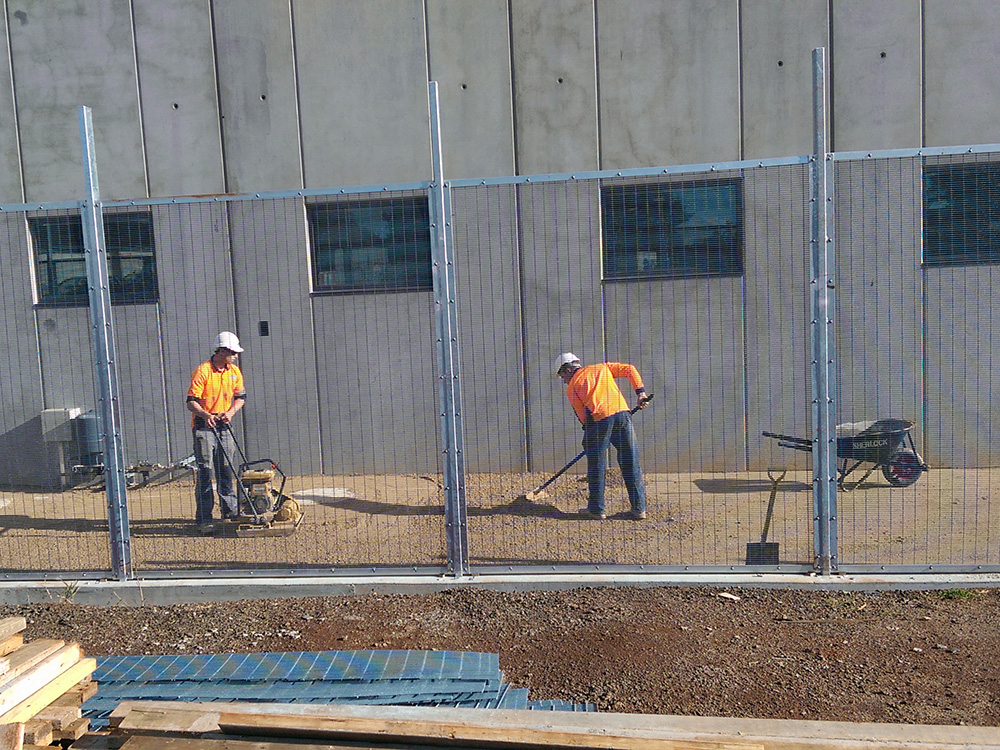
Seven fencing mistakes that can affect your business, property and pocket
Whether you want to secure your commercial property or a stylish finishing touch to your home, watch out for these seven common fencing mistakes when installing a perimeter fence:
1. Inaccurate measurements
Rushed, imprecise measurements can ruin a fencing installation before it even begins. You will need to have an accurate reading so that parts of the fence can be custom fit to awkward or unusual lengths.
Not accounting for your property’s natural slope or uneven ground could easily be your downfall, leaving some parts of the fence uneven or unstable.
2. Insecure anchor posts
These are the corner posts which, as the name suggests, hold your entire fence in place. Ideally, they should penetrate at least two feet into the ground and be held in place using flush-to-ground gravel, to ensure your fence holds strong.
3. Issues underground
There’s no worse feeling than colliding with something solid while digging for your posts. It’s always wise to call a utility company to check that there are no gas, electric, sewage or other cables and pipes running underneath your property.
4. Poorly thought out gates
Make sure the positioning of your gate is carefully planned – if heavy footfall and traffic will be passing through, it’s no good placing it near muddy or uneven ground.
Bear safety in mind: a fence which opens out directly into a road endangers both those using the gate and those nearby. Don’t put your children, employees or vehicles at risk of colliding with passing cars, and similarly ensure that walkers or cyclists won’t be hit by the opening doors.
5. Unsuitable materials
Think carefully about the practicality of your chosen material, not just its appearance. You may have always dreamed of a wooden picket fence at the end of your garden, or thought that painted chain link fencing would make your business stand out. But your fence material must be resistant enough to endure the strain it will come under, whether that’s from animals, children, vehicles, industrial work or weather conditions.
6. Laws, permits and property lines
Many people assume they know the boundaries of their own property, or trust word of mouth. But it’s best to check the permits to make sure you don’t end up in trouble. The same goes for any local zoning laws, commercial permits or national regulations which might have surprising restrictions on the material, height and safety features of fence you install.
7. Inaccessibility
It can easily be forgotten, but an inaccessible fence design could lead to accidents or complaints later on. Gates should be a metre wide to allow for wheelchair accessibility. They may need to be bigger to account for cars, tractors or maintenance trucks – think carefully about the types of vehicles which may need to access your property.
Many property owners forget another key element of accessibility: making the gates a different colour to the fence itself allows partially sighted people to easily locate them.
At Supreme Line Fencing, we offer a variety of high-quality fencing types made to suit any residential, commercial or industrial property. Contact us today to find out more.


